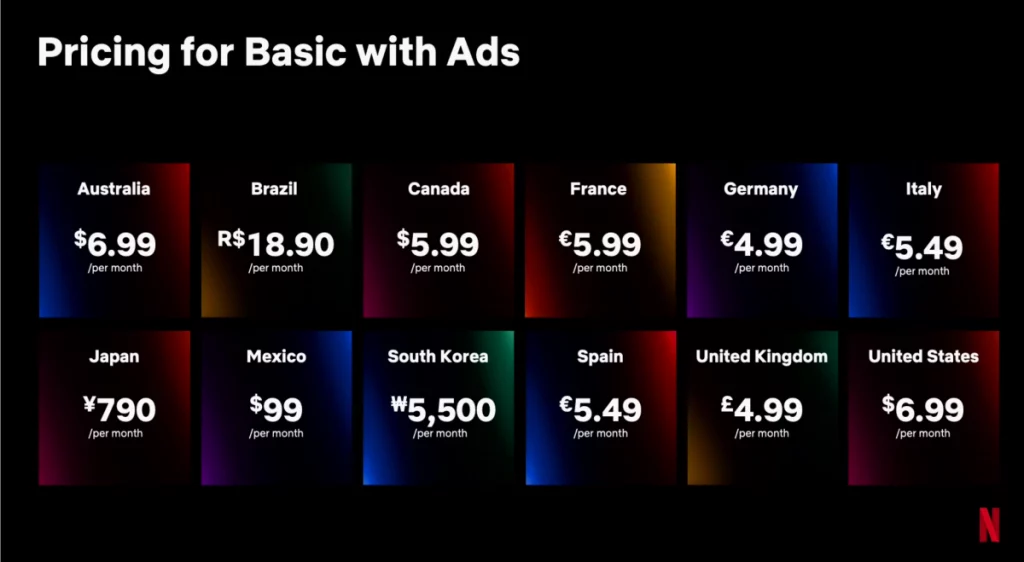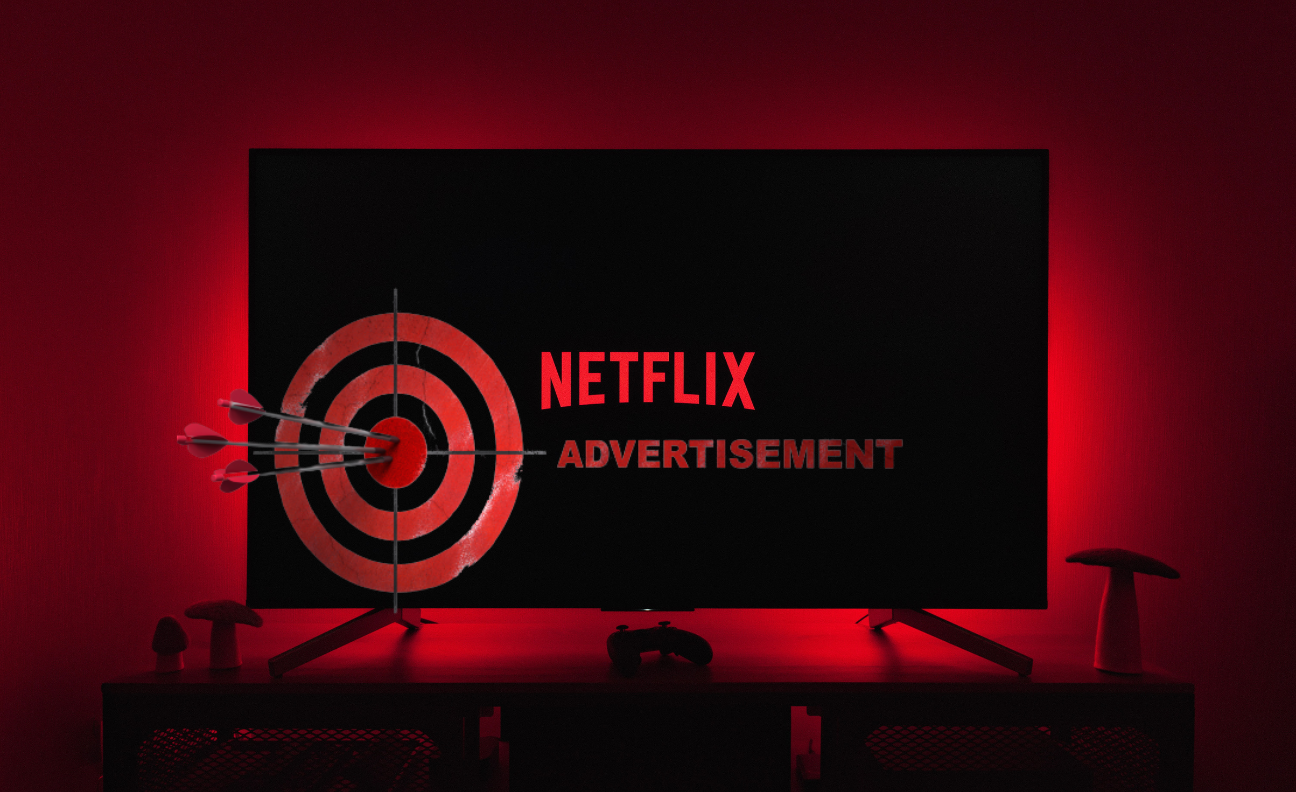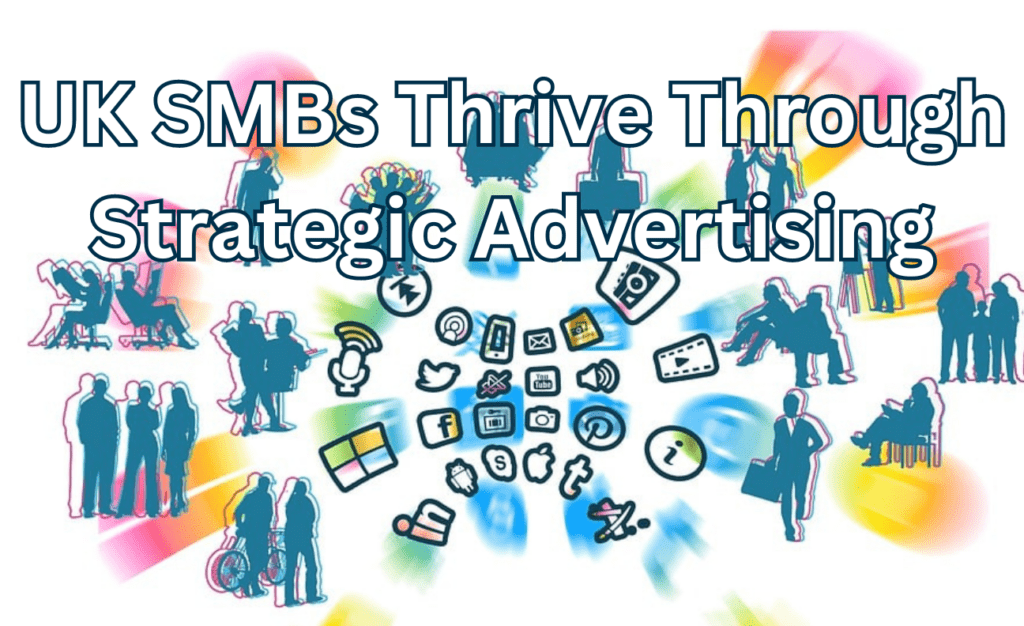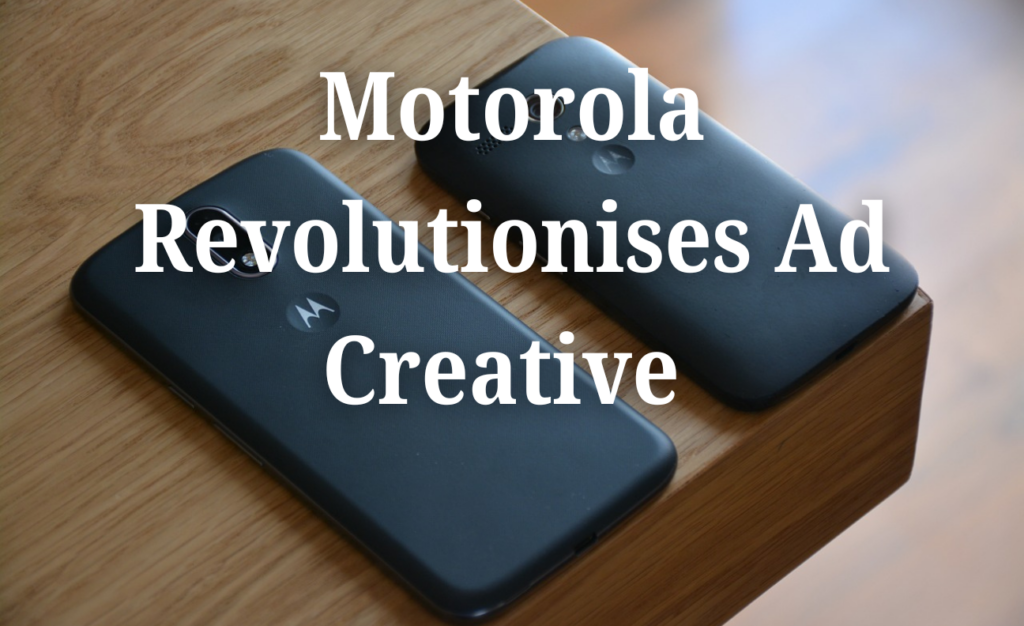Netflix has made waves in the streaming community with its new ad-supported plan, but recent data shows that this tier of service may not be as popular as they had hoped. Analytics firm Antenna reported to The Wall Street Journal that only 9% of new subscribers opted for the $6.99-a-month tier last month, with 57% of those subscribers being people rejoining Netflix or signing up for the first time and 43% downgrading from more expensive plans.
Netflix has disputed these findings, saying “It’s still very early days for our ad-supported tier and we’re pleased with its launch and engagement.” But what does this mean for the future of this plan?
Enjoy your Netflix experience exactly as it is today? Great! Nothing about the way you watch Netflix is going to change.
— Netflix (@netflix) October 13, 2022
From November, Netflix will be available from $6.99 a month. Basic with Ads, Netflix’s new lower priced ad-supported plan. https://t.co/OjRfIkbXWs
Breaking Down the Numbers
The numbers tell a different story than what Netflix has said publicly about their ad-supported plan. For comparison, Peacock currently has 90% of its subscribers on an ad-backed tier, Hulu has 57%, and HBO Max 21%. Even more striking is that only 0.2% of Netflix U.S. subscribers were on the ad-supported plan as of late November 2022 according to Antenna’s report. While this could just be a sign that consumers are still getting used to the idea of ads in their streaming experience, it could also suggest that consumers prefer paying extra for an ad-free experience without any interruptions in their viewing experience – something which other streaming services have offered since their inception.

It will remain to be seen if Netflix can increase adoption rates for its ad-supported plan or if it will remain a niche offering in between its free trial period and paid subscription tiers. If uptake remains low, it wouldn’t be surprising if Netflix decided to rethink their strategy or make changes to the current offering – such as adding features like allowing users to pay extra for an ad-free experience or changing up how ads are delivered in order to make them less intrusive during normal viewing sessions. Whatever happens next though, one thing is clear – while there is certainly room for growth with its current offering, right now it appears that most viewers would rather pay more than watch ads on the platform.
Challenges for Businesses Running Ads on Netflix
Businesses which are planning to run ads on Netflix will face some unique challenges. First of all, they will need to take into account the low subscription rates for the ad-supported plan and adjust their targeting strategies accordingly. With such a small target audience, campaigns may be more effective if they focus on creating brand awareness rather than conversions as it may be hard to reach the right people. Additionally, since ads are only shown on certain content and at random intervals, businesses may need to employ additional strategies like influencer marketing or social media campaigns to boost their visibility.
Additionally, it will be important for businesses to ensure that their creative is non-intrusive and relevant to the viewing experience. Ads should be entertaining and provide value to viewers or else they will be quickly forgotten. Netflix also has a strict policy when it comes to ad content, so businesses should make sure that their ads comply with all of the platform’s rules and regulations before running campaigns.
Finally, while there is potential for growth in this space, businesses looking to run ads on Netflix should always consider their ROI when making decisions. Advertising on a platform with such low subscription rates can be risky and expensive, so it is important to make sure that any campaigns are carefully planned and monitored for success before investing too much money.
Challenges for Netflix Going Forward
Netflix will face its own unique set of challenges going forward if it wants to make its ad-supported tier a success. The first obstacle is getting people to subscribe and stay subscribed. While many viewers may be drawn in by the lower cost, Netflix must find ways to increase engagement rates and encourage users to continue using the service over time. This could include introducing new features like exclusive content or interactive tools which can make viewing more enjoyable and engaging.
Netflix will also need to work on increasing the amount of ad inventory available on its platform. This could be achieved by expanding its library of content and providing viewers with a wider range of options when it comes to streaming their favourite shows and movies. Additionally, Netflix should also look at ways to make its ads less intrusive and more meaningful for viewers. This could be done by offering additional targeting and personalization options as well as focusing on delivering relevant content which can actually benefit users.
Finally, it is essential that Netflix continues to innovate in order to remain competitive in the streaming space. Other services like Hulu and Disney Plus (only in the US for now) are already offering ad-supported streaming options with their own unique features. It is important that Netflix finds ways to differentiate itself from the competition in order to remain relevant and appealing to viewers. This could be done by introducing new technologies or even experimenting with new formats like interactive ads which can provide a more immersive experience for users.
Conclusion
Netflix’s new ad-supported plan may not have been as successful as they had hoped so far in terms of adoption among new subscribers, but all hope isn’t lost quite yet. It’s important to note that this data reflects only a few months after launch, so there’s definitely plenty of room for growth over time should Netflix decide to focus on making improvements or changes based on user feedback moving forward.
In any case, it will be interesting to see how things progress over time and if the company can successfully increase adoption rates by making strategic decisions about how they deliver ads throughout viewing sessions going forward – whether directly through their own platform or by partnering up with other services like Hulu or YouTube who already offer similar features. Only time will tell!









